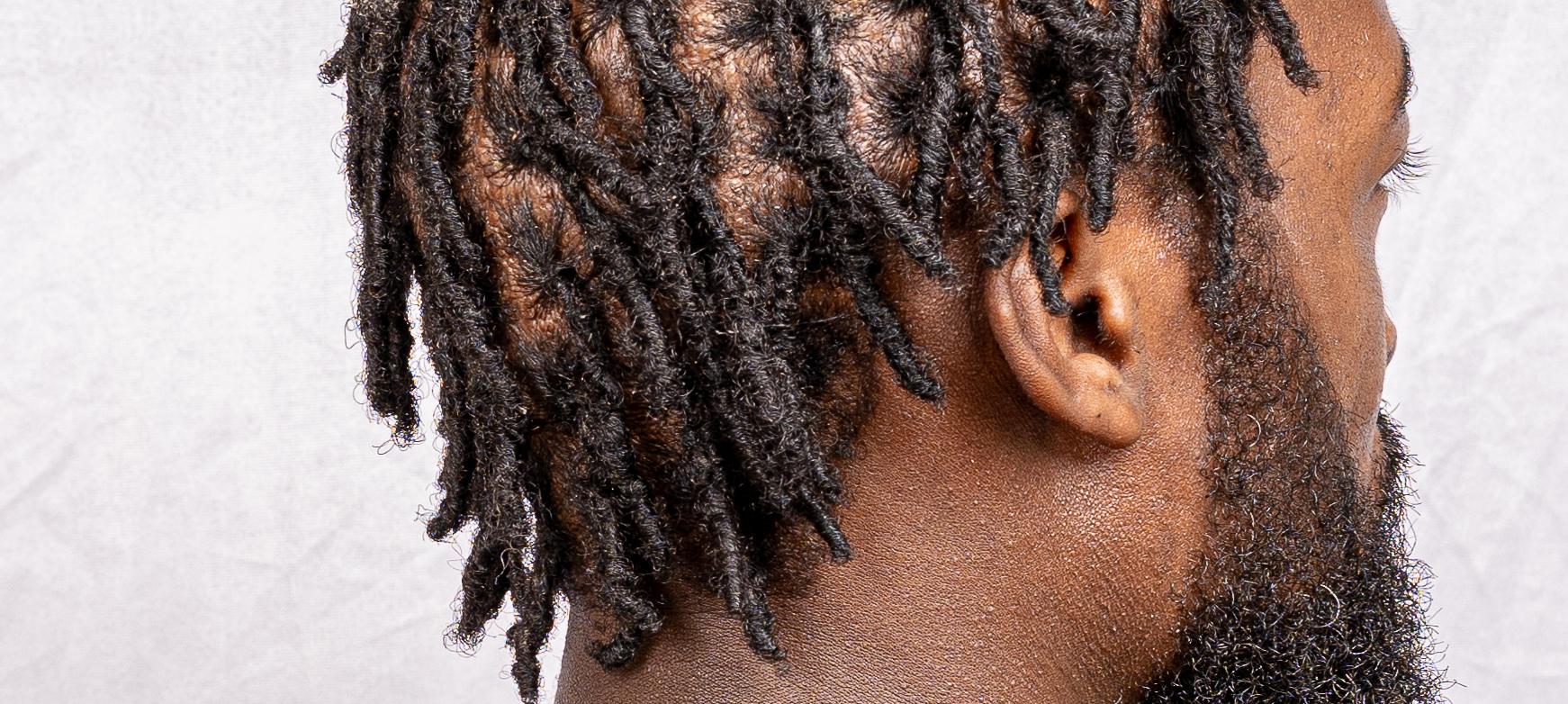When starting a loc journey, one of the most important decisions is choosing a maintenance method. Two of the most common techniques are interlocking and palm rolling. Each method has its advantages and drawbacks, so choosing the right one depends on your hair type, lifestyle, and personal preferences.
This article will break down the key differences between interlocking and palm rolling. If you’re new to my loc journey, check out my Five-Week Loc Update, where I shared my first retwist experience before switching to interlocking.
What Is Interlocking?
Interlocking is a technique where the tip of the loc is threaded through the root using a tool or by hand. This method tightens new growth by creating a knot-like structure, keeping the loc secure.
Pros of Interlocking
? Lasts Longer: This method holds for 6-8 weeks, unlike palm rolling, which requires more frequent maintenance.
? Reduces Frizz and Unraveling: It works well for softer hair textures that tend to loosen easily.
? Water-Resistant: Since interlocked locs don’t unravel as quickly, they withstand washing better.
? Great for Active Lifestyles: If you work out, swim, or sweat often, interlocking keeps locs intact for longer.
Cons of Interlocking
? Can Cause Thinning: Overdoing it weakens the roots and may lead to breakage.
? Takes More Time: The process is longer compared to palm rolling, especially for thick hair.
? Requires Skill: Improper technique can damage locs, so some people prefer a loctician.
Curious about my first interlocking experience? Check out my Interlocking Retwist Update to see before-and-after results and my thoughts on the process.
What Is Palm Rolling?
Palm rolling is a simpler technique where you roll the loc between your palms to tighten and smooth out new growth. It helps maintain the natural twist of the hair.
Pros of Palm Rolling
? Easy to Do: No special tools are needed, making it ideal for beginners.
? Gentler on the Scalp: Unlike interlocking, it puts less tension on the roots.
? Creates a Smooth Look: Palm rolling tames loose hairs and helps locs look uniform.
? Allows for Thicker Locs: Since it doesn’t compress the roots as much, locs can grow thicker over time.
Cons of Palm Rolling
? Needs Frequent Maintenance: Typically, palm rolling must be redone every 2-4 weeks.
? More Prone to Unraveling: If you have a looser curl pattern, locs may come undone between washes.
? Not Water-Resistant: Washing soon after palm rolling can loosen the new growth.
Wondering how to wash locs without unravelling? Check out my First Wash After Retwist Post for tips on keeping starter locs intact.
Which Method Is Right for You?
Choose Interlocking If:
? You want a longer-lasting method (4-8 weeks).
? Your hair has a looser curl pattern.
? You need a method that withstands frequent washing and sweating.
? You prefer a neater, more structured appearance.
Choose Palm Rolling If:
? You want a thicker, fuller loc appearance.
? You prefer a gentle method that doesn’t stress the scalp.
? You don’t mind retwisting more often (every 2-4 weeks).
? You’re in the early loc stage and want a smooth look.
Final Thoughts
Both interlocking and palm rolling are effective but serve different needs. Interlocking lasts longer and works well for active lifestyles, while palm rolling creates thicker, softer locs.
Choosing the right method depends on your hair type, maintenance routine, and desired look. Regardless of the approach, consistency is key to keeping locs healthy.
If you’re following my journey, be sure to check out my Five-Week Loc Update and Interlocking Retwist Post for more insights.
Which method do you prefer? Let me know in the comments!
